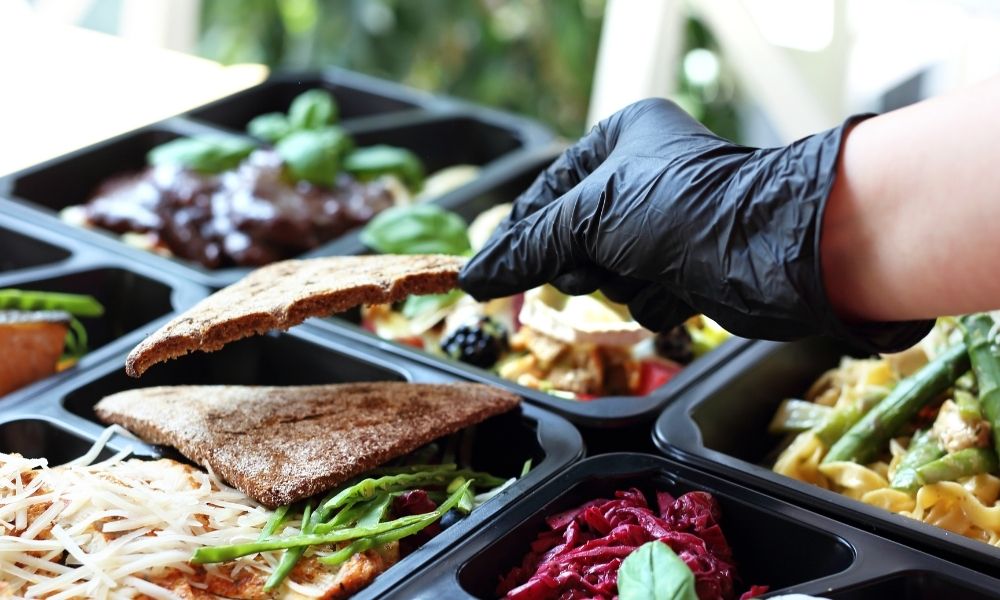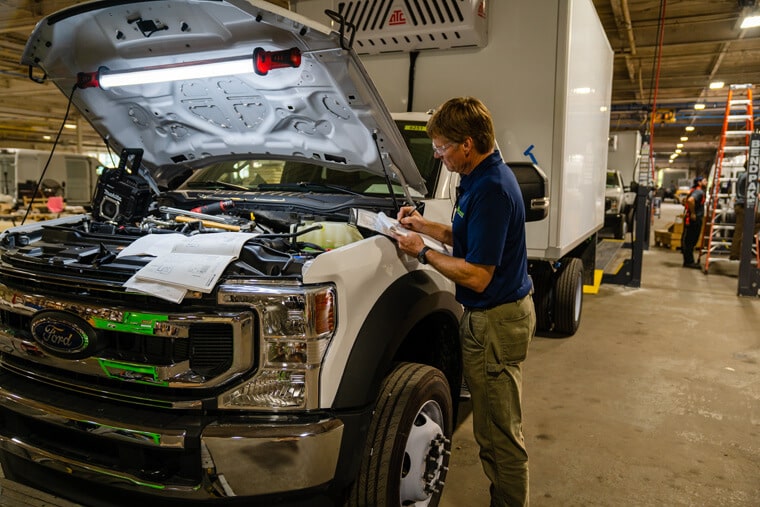
How Does a Refrigerated Truck Work
Joe Dickman | August 5th, 2020
If you transport temperature-sensitive goods, you need a space that keeps them within a safe degree range. Others may recommend a refrigerated truck, also known as a reefer truck, but maybe you don’t quite understand how it works or see the need.
Sometimes, delving into how something such as a reefer truck works illustrates its true utility and reliability. For those wondering how a refrigerated truck works, this brief walkthrough will help. It’s important to note that because this cooling system is a closed loop, there is no discernable start or end point, so we’ll start at the front of the truck and work backward.
Compressor
The compressor is the front-most cooling feature. Attached to the engine and powered by the reefer truck’s belt system, the compressor acts on the system’s refrigerant gas, compressing it close together and sending it on to the condenser.
Condenser
Situated on the reefer trailer—typically facing the vehicle—the condenser receives concentrated refrigerant gas and converts it into a liquid. This occurs as the refrigerant passes through small, convoluted tubes that expose the refrigerant gas to the outside air. The high surface area ratio of these small tubes allows for max cooling, resulting in a cool, liquified refrigerant.
Evaporator
The refrigerant then travels to the condenser located within the reefer trailer itself. This is the point at which heat that would circulate around your product and compromise it exits, drawn in by the cool refrigerant. As the refrigerant heats up, it becomes gaseous again and eventually travels back to the compressor to restart the process.
Insulation
This cooling technology would not matter if your truck didn’t have sufficient insulation. The entire trailer usually has a uniform layer of polyurethane foam that provides a barrier between your temperature-regulated interior and the heat and moisture outside.
To learn more about how reefer trucks work or to explore purchasing one, talk to one of the leading refrigerated truck manufacturers, Emerald Transportation Solutions. Besides trucks, we also have a wide array of refrigerated vans that’ll fit a smaller business’s cooling needs.
Related Articles
Contact Us
Feel Free To Contact Us If You Have Any Questions
What does under DOT mean?
Questions regarding DOT requirements come up often. 10,000 lbs GVW (gross vehicle weight) and over are commercial vehicles that fall under the Department of Transportation regulatory requirements.
What is the difference between GVW and payload?
GVW or Gross Vehicle Weight is the entire weight of the vehicle including the payload. The payload weight represents the amount of cargo you are hauling.
What is a self-powered unit and a vehicle-powered unit?
A self-powered unit has its own fuel source and will run independent of the truck. This is the heaviest and most expensive option. While vehicle-powered units run off the engine via a compressor mounted on the engine. These are less expensive and lighter in weight but you must run the truck or plug the electric standby into shore power.
What does K-factor mean and why is that important?
K-factor is a term that stands for the overall insulating value of the container (truck body). Quite simply the lower the K-factor the better the truck body will be able to maintain a given temperature and require less energy to do so.
How much lighter is a Poly Van vs a US spec body?
Poly Van bodies are very light. On average we estimate we are 75-150 lbs per foot lighter than a traditional sheet and post foamed in place body. These weight savings translates to less fuel burn and less CO2 emissions, along with added payload, the most important benefit.






